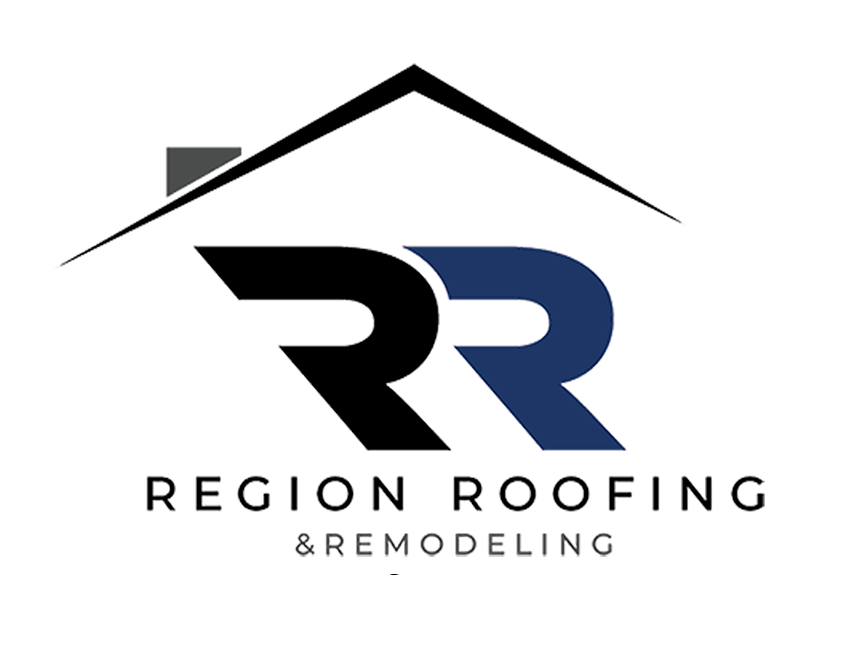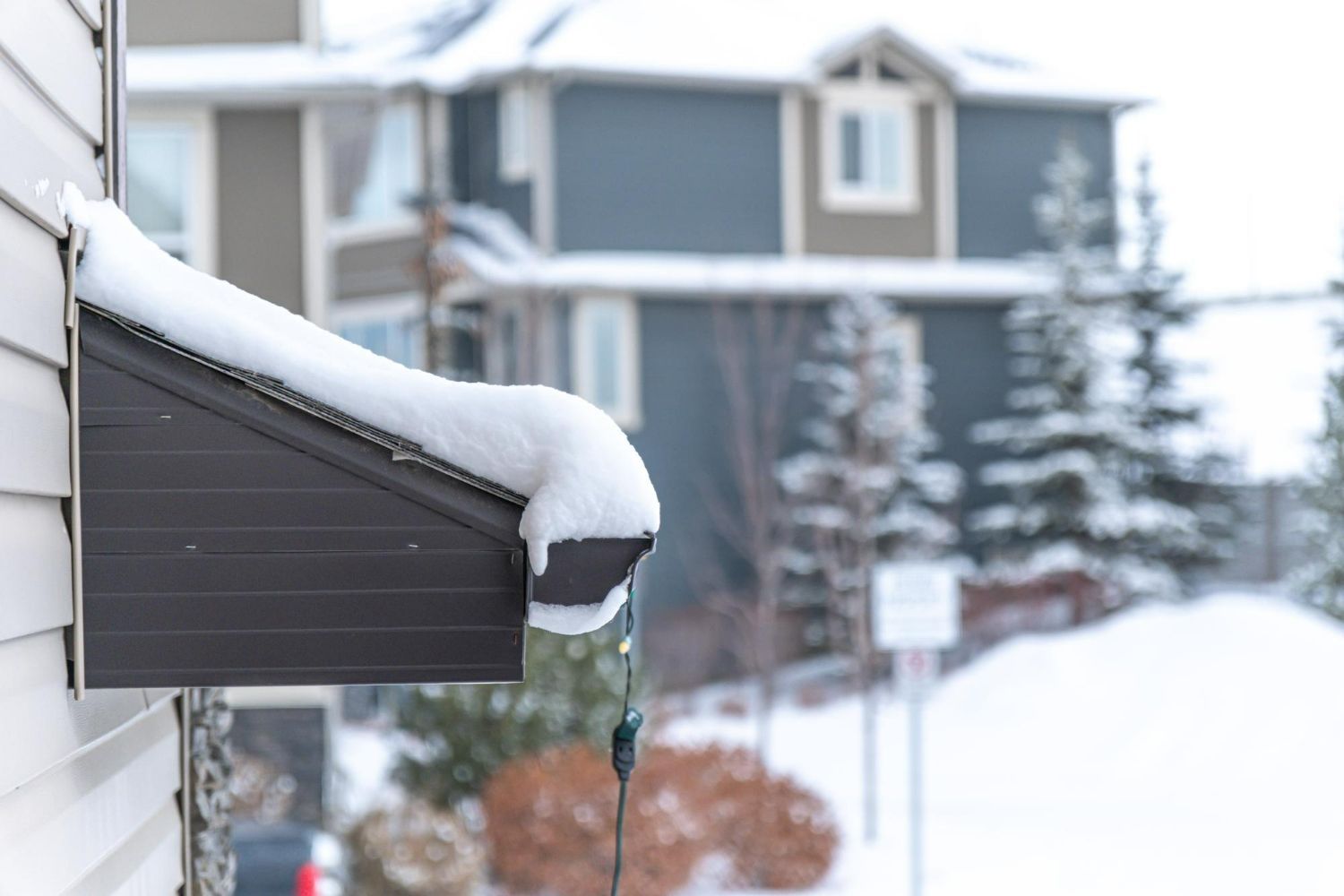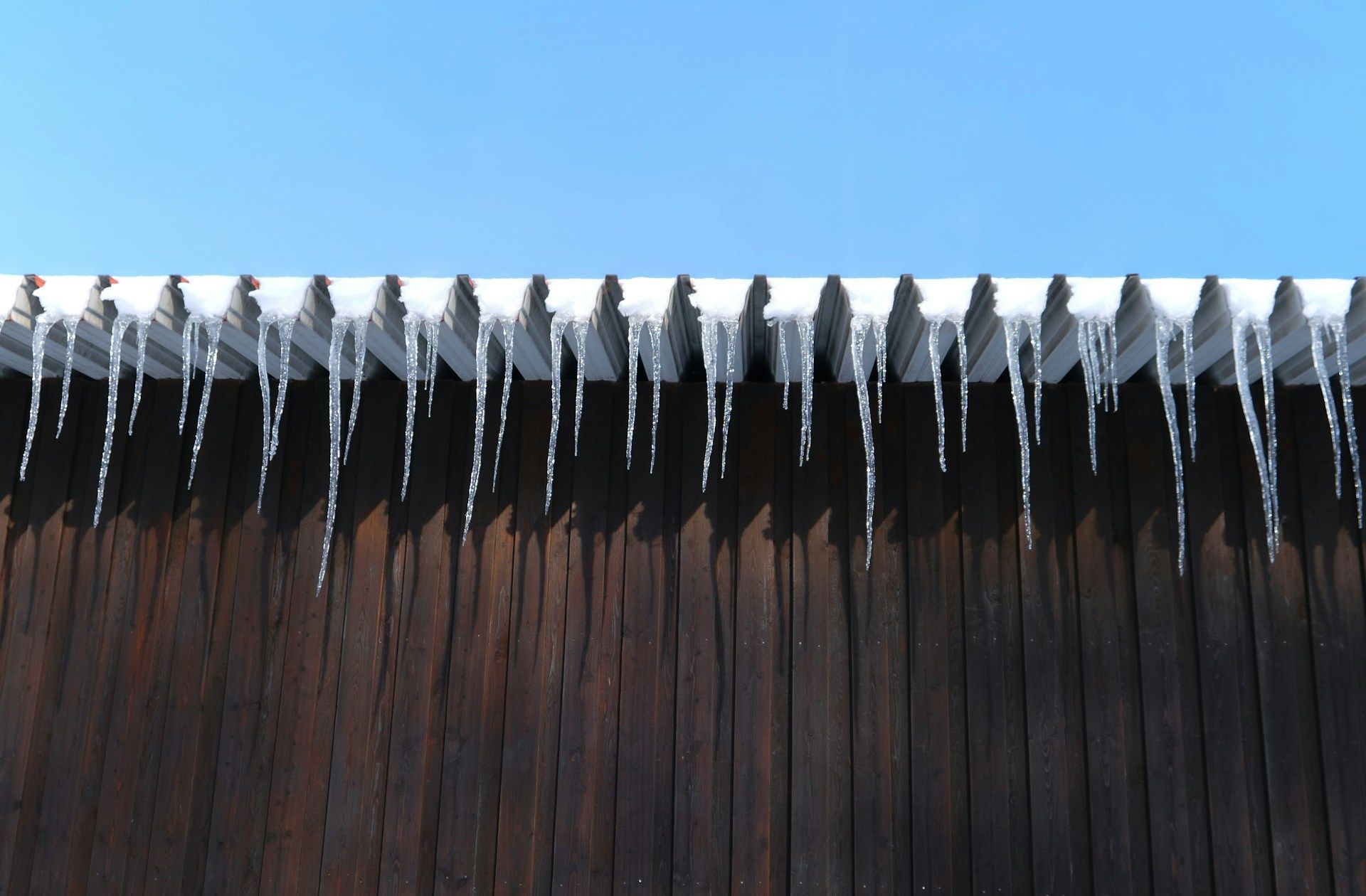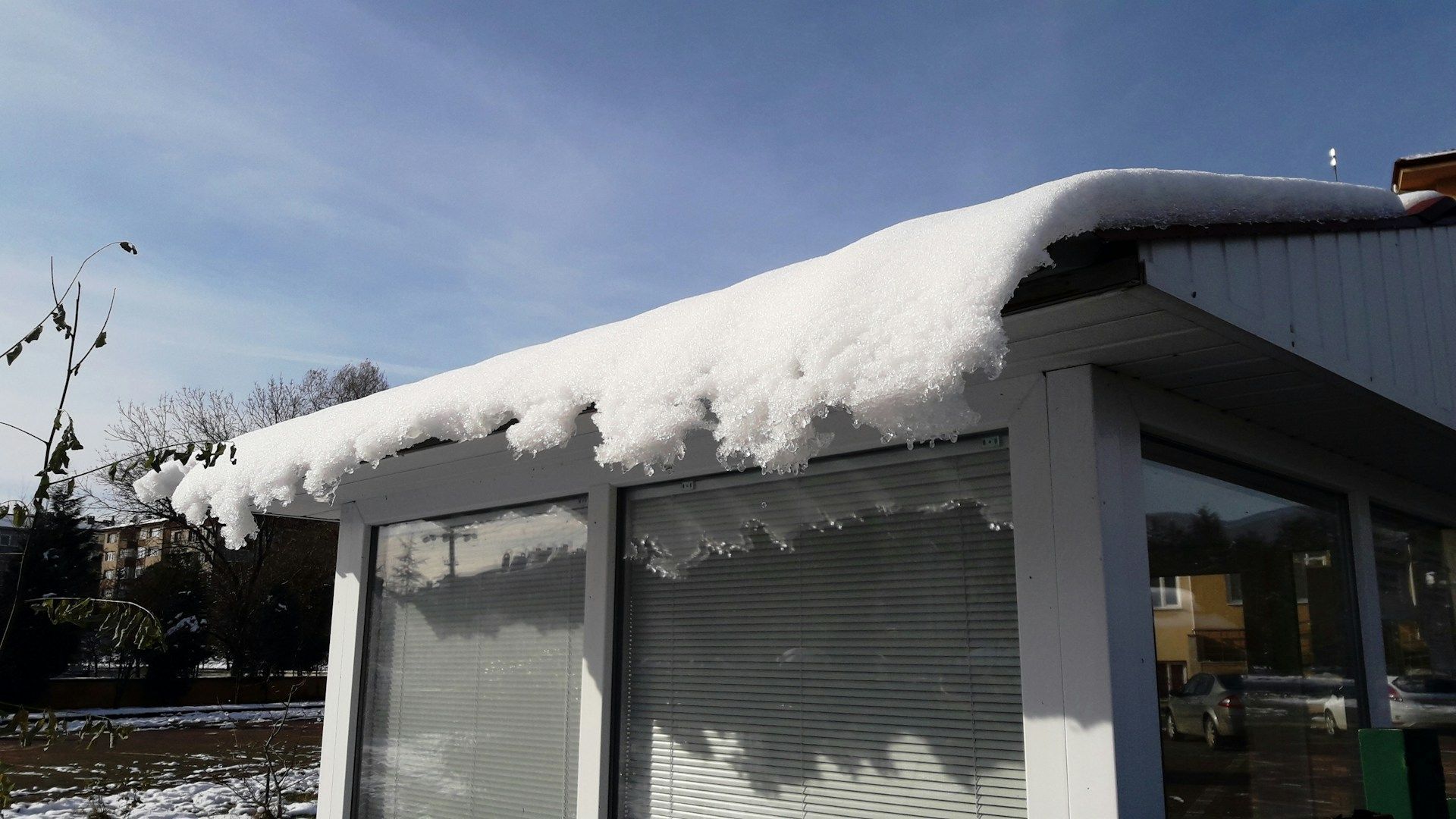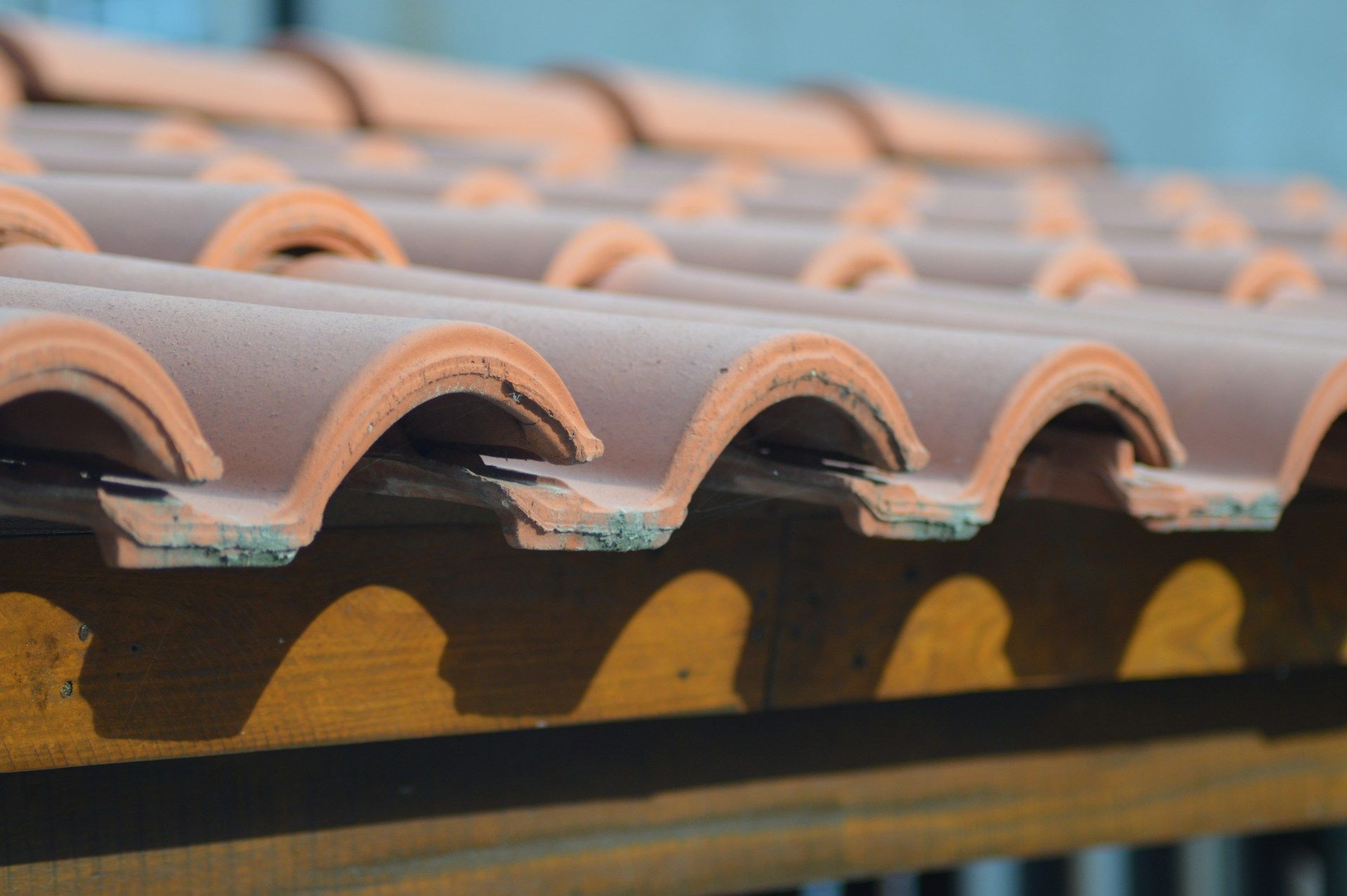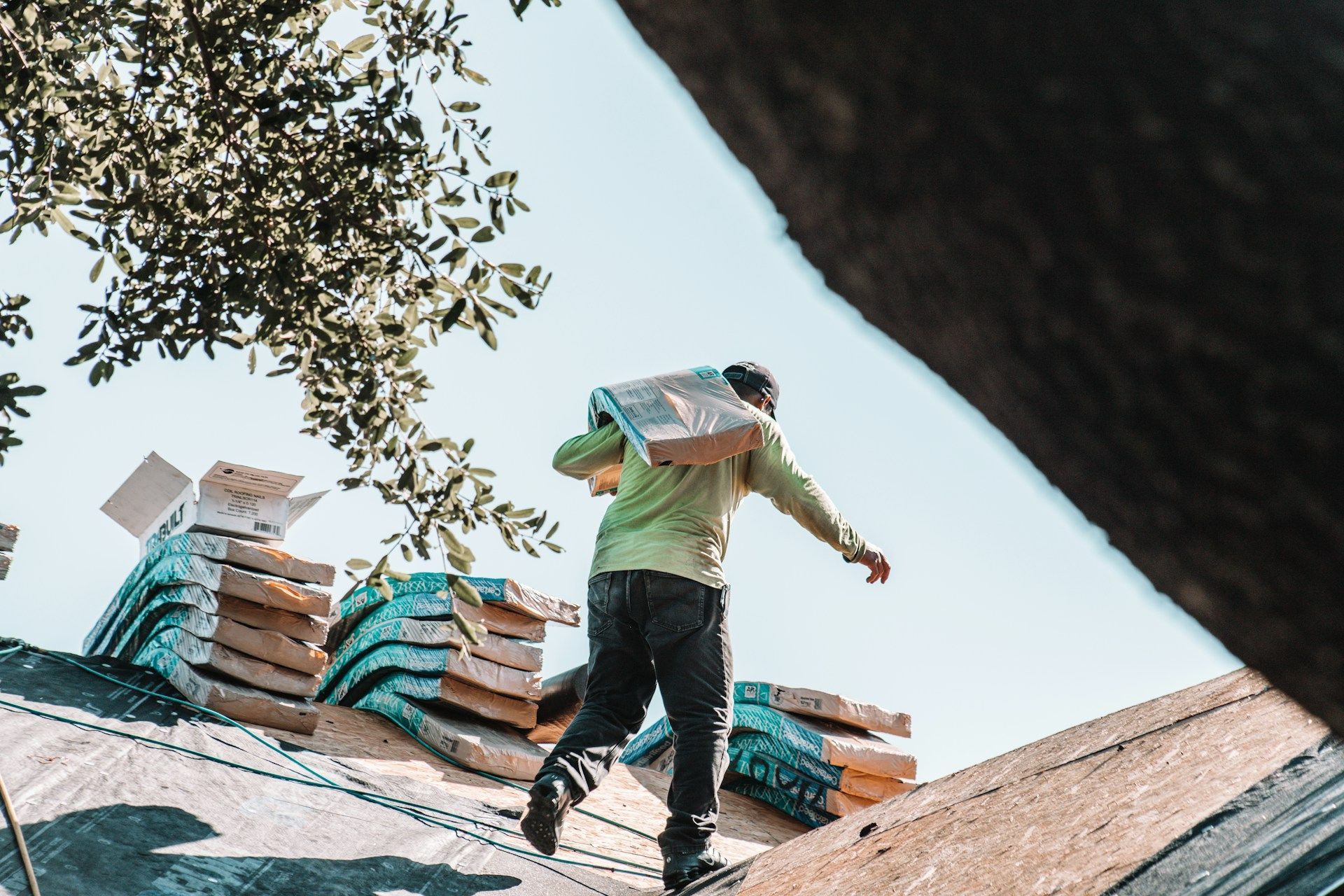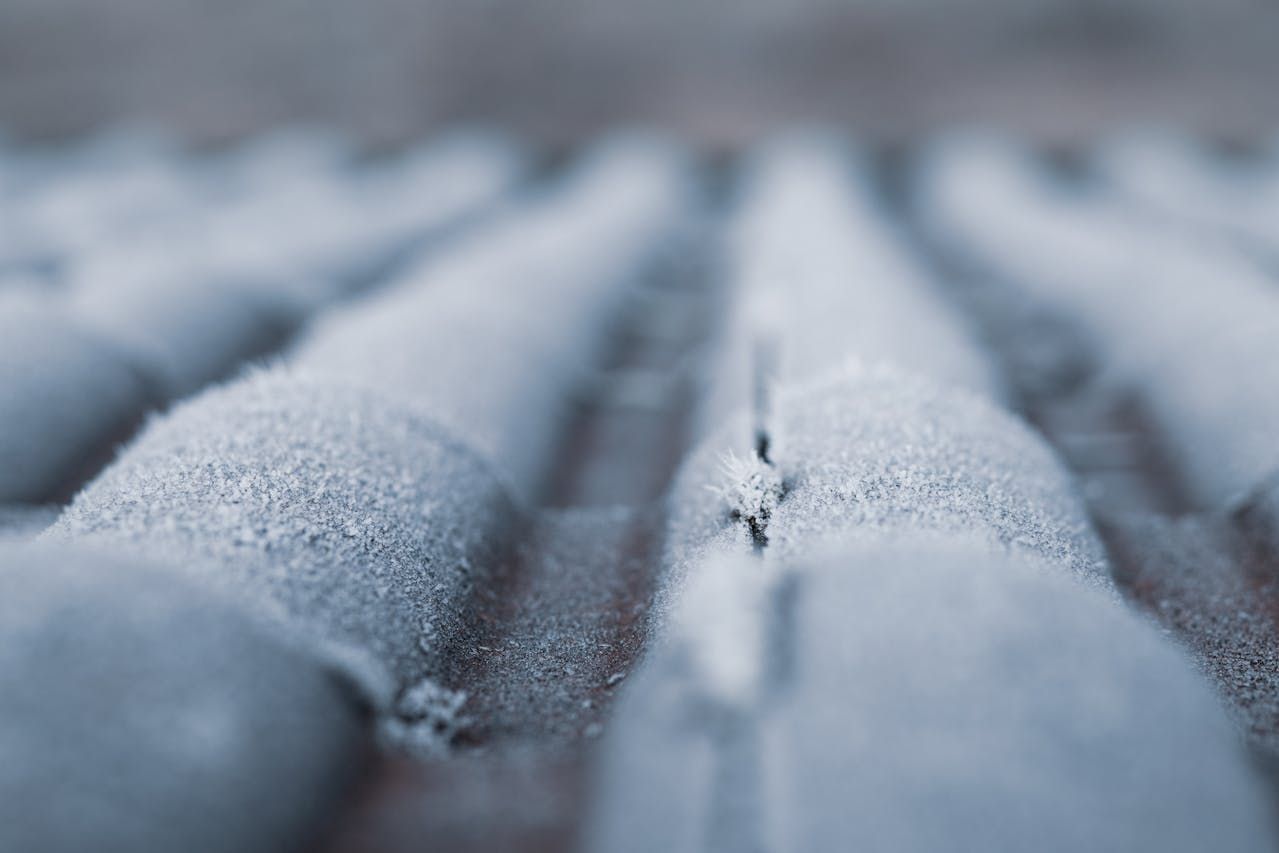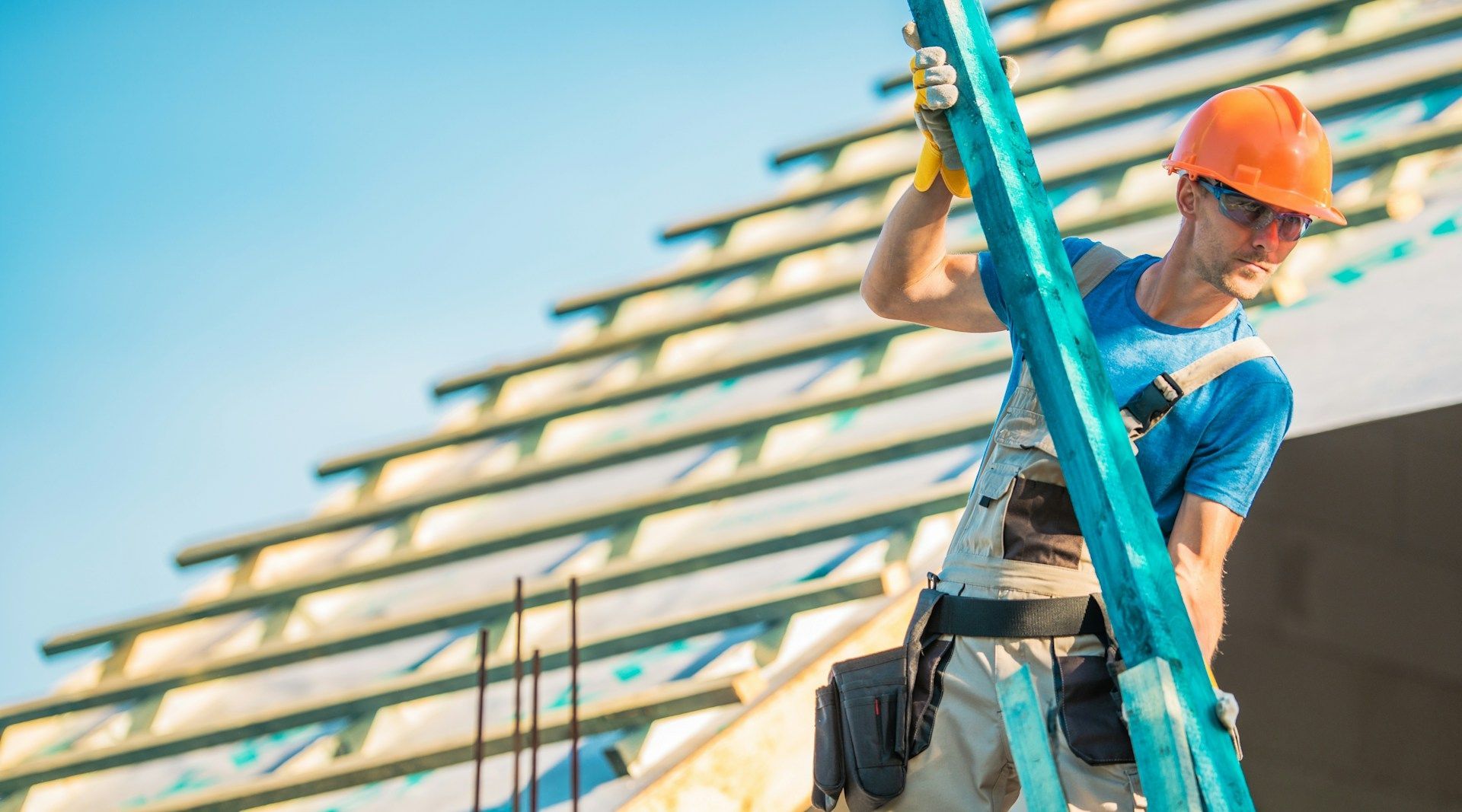Simple Steps to Prepare Your Roof for Extreme Weather
Extreme weather can take a serious toll on your roof, leading to costly repairs if you aren't prepared. Taking a few simple steps can help safeguard your home and ensure your roof withstands harsh conditions. By being proactive, you can prevent damage and extend the life of your roof.
Start by inspecting your roof for any signs of damage. Even small issues like cracked shingles or loose nails can turn into major problems during a storm. Regular inspections can help catch these issues before they become severe. You'll also want to keep your gutters and downspouts clean. Clogged gutters can cause water to back up and cause damage to your roof and foundation.
Reinforcing and repairing loose shingles is another important step. High winds can easily lift loose shingles, exposing your roof to further damage. Strengthening these weak spots will help your roof stay intact during extreme weather. Additionally, consider adding storm-ready accessories like hurricane straps or roof tie-downs for extra protection.
Preparing your roof for extreme weather is essential for keeping your home safe and sound. By following these simple steps, you can face the elements with confidence, knowing your roof is ready for anything.
Inspecting Your Roof for Damage
One of the first steps in preparing your roof for extreme weather is inspecting it for any signs of damage. Start by taking a close look at your roof from the ground with binoculars. Look for any missing, cracked, or curled shingles. These are often the first areas to fail during strong winds or heavy rains.
Next, if it is safe to do so, climb up to your roof for a closer inspection. Pay attention to problem areas such as the valleys, which are the points where two sections of the roof meet. These areas are prone to leaks and need to be checked carefully. Also, examine the flashing around chimneys, vents, and skylights. Flashing can become loose or corroded over time, leading to water infiltration.
Don’t forget to check inside your attic as well. Look for any signs of water stains or damp spots on the attic ceiling or insulation. These can indicate a leak that needs immediate attention. Performing a thorough roof inspection twice a year, ideally in the spring and fall, can help you catch potential problems early and keep your roof in good condition.
Cleaning Gutters and Downspouts
Keeping your gutters and downspouts clean is crucial for preventing water damage to your roof and home. Clogged gutters can cause water to back up and seep under your roofing materials, leading to leaks and rot. Make it a habit to clean your gutters at least twice a year, more often if you have overhanging trees.
Begin by removing any debris, such as leaves, twigs, and dirt, from the gutters. You can use a small garden trowel or your hands, but be sure to wear gloves to protect yourself from sharp edges and debris. Once the larger debris is removed, flush the gutters with a garden hose to wash away any remaining dirt and check for proper water flow.
Next, inspect the downspouts for blockages. Run water through them to ensure they are clear and direct water away from the house. If you find a clog, you may need to use a plumber’s snake to remove it. Keeping your downspouts clear will help prevent water from pooling around your foundation.
Regularly maintaining your gutters and downspouts ensures that rainwater is properly channeled away from your home. This simple task can go a long way in protecting your roof and home from potential water damage during extreme weather.
Reinforcing and Repairing Loose Shingles
Ensuring that your shingles are secure is vital for protecting your roof during extreme weather. Loose or damaged shingles can easily be torn off by strong winds, exposing your roof to further damage. Start by identifying any shingles that are loose, cracked, or missing. Use a ladder to carefully access the roof or inspect from the ground with binoculars.
For loose shingles, secure them with roofing nails or adhesive. Lift the shingle slightly and apply a bit of roofing cement underneath, pressing it back into place. Then, nail it down with galvanized roofing nails to prevent rusting. If you find any missing shingles, replace them as soon as possible. Align the new shingle with the existing ones, slide it into place, and nail it down securely.
If you come across any cracked or broken shingles, replace them as well. Removing the damaged shingle involves lifting the adjacent shingles gently and prying out the nails holding the broken one. Slide a new shingle into place and secure it with nails and roofing cement. Regularly reinforcing and repairing your shingles will help your roof withstand severe weather and protect your home.
Installing Storm-Ready Accessories
Adding storm-ready accessories can provide extra protection for your roof during extreme weather. One useful accessory is hurricane straps or clips, which secure the roof to the walls of your home. These straps help keep the roof intact during high winds by distributing the wind’s force throughout the structure.
Another valuable addition is a roof tie-down system. These anchors connect the roof to the foundation, providing additional stability. You might also consider installing ridge vents and vented soffits to improve ventilation and reduce the risk of moisture buildup, which can weaken your roof over time.
Storm shutters for skylights and solar panels can protect these vulnerable areas from debris and high winds. Installing a secondary water barrier, like a waterproof underlayment, adds an extra layer of protection against leaks. These accessories can significantly increase your roof’s resilience to extreme weather and help protect your home.
Conclusion
Taking steps to prepare your roof for extreme weather is essential to protecting your home. By inspecting your roof for damage, cleaning your gutters and downspouts, reinforcing and repairing loose shingles, and installing storm-ready accessories, you can ensure that your roof stays strong during severe conditions. Proactive maintenance helps to prevent costly repairs and extends the life of your roof.
Storms and extreme weather can be unpredictable, but with proper preparation, you can minimize their impact on your home. Being diligent and thorough in your preparations will give you peace of mind, knowing that your roof is ready to withstand harsh weather.
If you are unsure about any of these steps or need professional assistance, contact Region Roofing & Remodeling. Our team of experts is here to help you keep your roof in top condition and prepared for any weather. Reach out to our Indiana roofers today for a thorough roof inspection and personalized recommendations.
